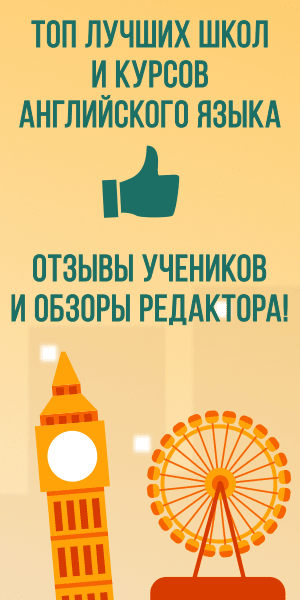Restaurant — This is a word of French origin. Translated as “recovery”. The fact is that in 1765, the Parisian innkeeper Boulanger, in order to attract the attention of visitors to his tavern, placed a sign above him with the following words: “Come to me all who suffer from the stomach, and I will restore (restore) you! Boulanger introduced broth, cutlets, eggs to the menu.
As for the sign, it first got the name “Restoration”. Later it turned into a “Restaurant,” and then into a familiar restaurant. But for foreign guests in hotels, airports and train stations, the inscriptions were left in French.
In the late 19th and early 20th centuries. In Russia, even the “Restorator” magazine was published, which was more of an advertising character. Major restaurants of the time were: In St. Petersburg — “Danone”, “Quba”, “Kontan”, “Ernest”. In Moscow — “Yar” with summer and winter options.
Each restaurant had its own rank and its unique feature: an original dish, a set of drinks, a price, etc.
It should also be noted as one feature that was inherent in Russian restaurants and taverns. This is their dependence on the governors. Without their permission, it was impossible to open or close public institutions, to establish regulations, the number of waiters and cooks, tables and orchestra (with the mandatory approval of the repertoire).
The governors decided how many wines and dishes would be served to visitors. It was possible to open billiard halls and bowling alleys in restaurants and taverns, install mechanical music machines, gramophones, submit newspapers and magazines for reading, etc. The state strictly punished violators with fines and bans on doing business. Solicitude was not allowed. Foreign restaurants, which had low prices for wines, especially champagne, had the advantage.








